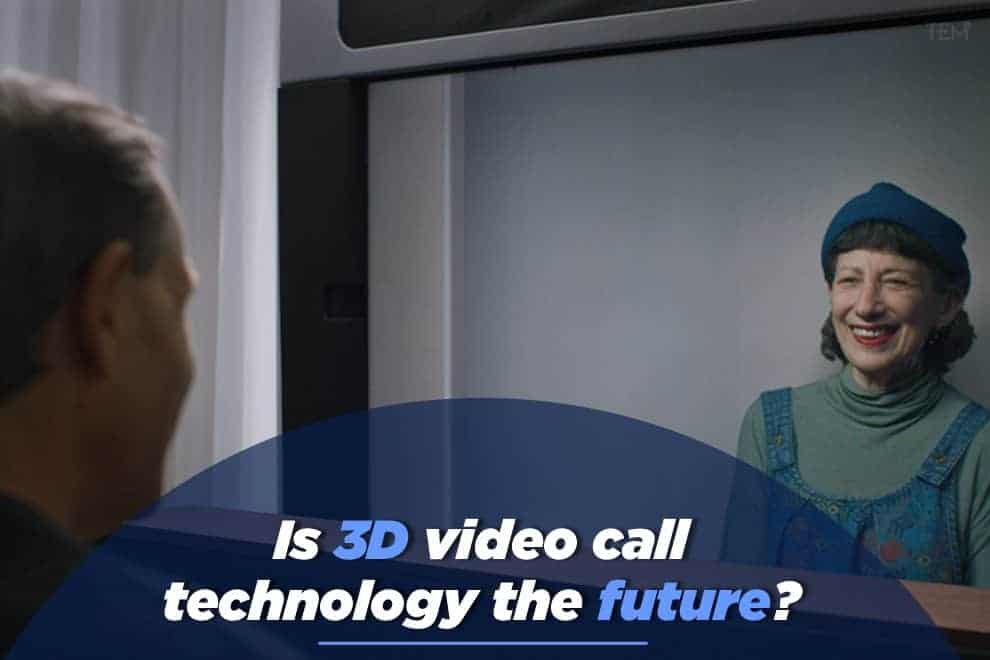Project Starline
During its I/O developer conference, Google revealed a new video chat project called Starline, which uses machine learning and special display ‘booths’ to render video calls in 3D.
The project redefines video calling with a hologram-like 3D video conferencing tool. The project is surprisingly not a result of the pandemic but has been in motion for over five years.
Three key advancements are combined in this technology: the 3D model capture at one end, real-time compression of the video data in the middle, and the rendering of someone in 3D at the other end of the call.
Google hasn’t delved much into the details concerning how this technology functions, but from the demo video that it has delivered, it can be seen that the setup will include an array of cameras and sensors along with an enormous screen fixed inside a booth.
The 3D video chat portal works through a similar light field display technology previously used to map out depth information in other augmented reality and virtual reality products. Depth, volume, and shadows can all be captured and broadcasted.
As of now, the 3D video conference technology has been installed in a handful of Google offices with enterprise demos scheduled for later this year.
Must watch:- Project Starline: Feel like you’re there, together
3D video conferences: The future?
The COVID-19 pandemic has boosted remote working and remote education which essentially thrives on video calling. Platforms like Zoom, Google meet, Skype, and more have successfully helped the world stay connected over the past couple of years. However, they’ve also exhibited their serious limits, as it is difficult to feel genuinely associated with somebody through a low-quality video feed.
The 3D video conferencing will address this issue with its realistic and impressive developing technology. The new technology will play a significant role to bridge the emotional gap of communication through video calling. With integrated AR and VR, video calling will feel more realistic and its use will not only be limited to offices and institutions but will also be used at homes by families, friends, and couples.
3D video calling promises a virtual future that can feel more realistic than ever. However, the technology may also end up like 3D TVs and films which died a much-deserved death several years ago. As exciting and promising as it may sound, the technology may not really be the need of the hour.
As normal video calls still struggle without a good internet connection, there are several concerns regarding the success of a new technology that requires high-end processing and rendering over the internet. Affordability is another question for companies, institutes, and homes as it requires a custom desk with multiple lights, cameras, sensors, and a huge display which may cost a fortune.
The fate of 3D video conferencing lies in the hands of companies developing the technology as its working, affordability, and demand are still under question, and only time can tell if it can live up to its hype.
Also Read:- Animaker 2.0 Video Making Tool, a Swiss Army Knife of Creativity










